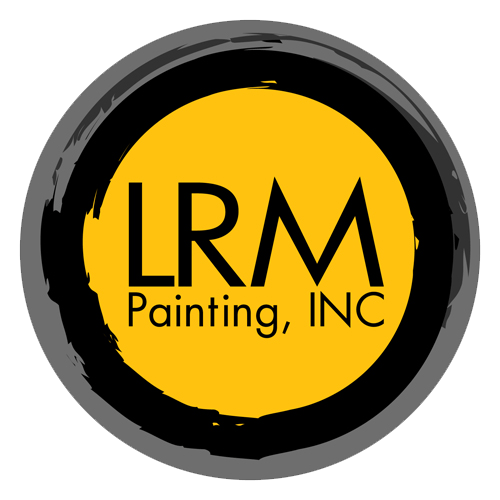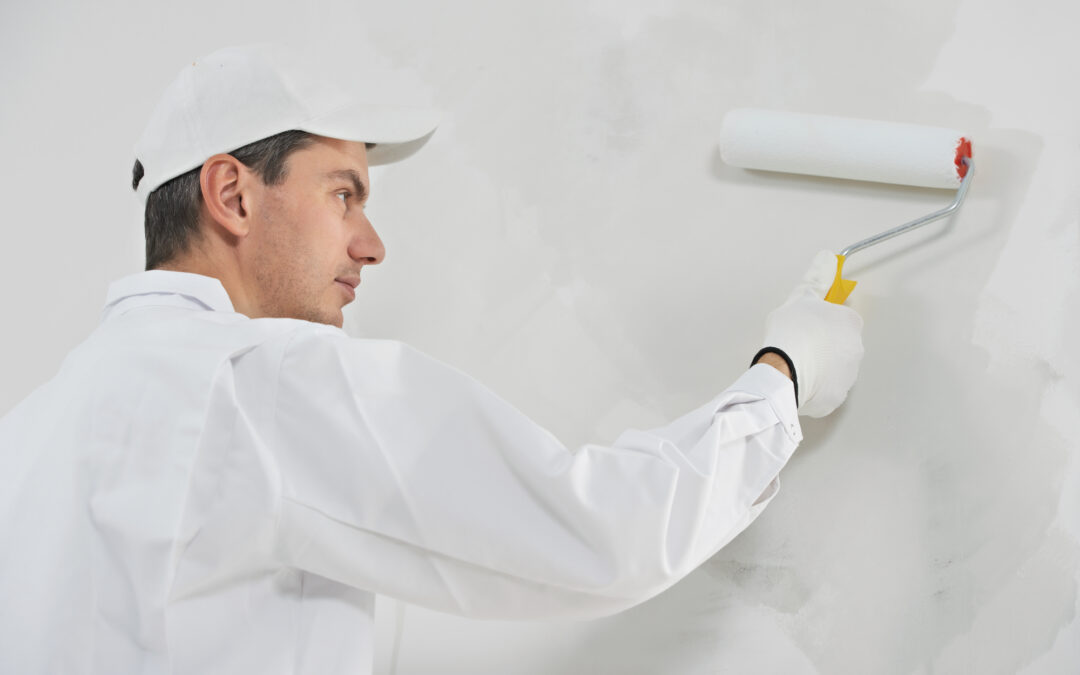Priming prepares a surface to improve its adhesion, appearance, and durability before applying paint, sealant, or other finishing material. It is typically necessary when working with porous or rough surfaces such as wood, drywall, concrete, or metal. A primer uses the same technology as paint but polymerizes on the wall’s surface.
Why Priming is Necessary
There are two types of primers. Latex primers have a rubber-like consistency. They’re easy to apply because they don’t dry and form a hard shell like paint, while oil primer is thicker and has more adhesive properties. Some of the benefits of using a primer include the following:
1) Better adhesion
It is because the polymerization process involves a chemical reaction between the primer and the substrate. If the substrate is primed, there’s sufficient adhesive strength. It reduces the risk of peeling or chipping.
2) Better moisture resistance and durability
A good quality primer has a lot of extra waterborne chemicals in them, which you can use for waterproofing. Waterborne chemicals will also help increase the longevity of your paint.
3) Better hiding power and color matching
Primers offer a better opacity than paint and mask imperfections better. If you’re trying to match colors and want to keep your wall color the same, a primer will help because it offers better color matching.
4) Even surface
After priming, you’ll also get a much smoother surface, making painting more effortless.
5) Improved coverage
Primers can help improve the paint’s coverage, reducing the number of coats you need to achieve the desired finish.
When You Don’t Need Priming
Fortunately, modern technology has enabled paint manufacturers to create paints that adhere to surfaces without primer. However, you will still need to use a primer if you’re painting a textured surface or one that’s been previously painted. As well as if it’s an older wall that has lost some of its original finish.
Using a primer before painting may also be optional if you paint over a smaller section of a larger project. If you know that the walls will only be covered in one color, you can use any base coat and paint over the surface using one or two coats of paint. In addition, if the surface is clean, smooth, and dry, you don’t need a primer.
Why are Paint and Primer Combos Not Ideal
Commercially available paint and primer combinations tend to be heavy on the paint side of the equation and light on the primer side. Knowing that, your local paint stores will help you to choose from a wide selection of paints with excellent warranties and high-quality ingredients.
Searching For Painters Near Me?
Primer is not going to keep your walls from peeling or chipping. You need to ensure that you have a good quality finish coat to protect your walls with a thick layer of paint over the primer and seal it with a good quality top coat. It will create a durable, stain and mold-resistant wall finish. You can even touch the wall without getting a rash because it’s continuous and professional grade.
We at LRM Painting provide commercial and residential painting services in Oakland County MI. We consider ourselves not only residential interior painters but commercial interior painters as well. We paint and restore many different types of commercial real estate, including office buildings, apartments, hotels, and restaurants.
Our residential painting contractors will provide a free quote and even come to your home, measure and evaluate the job, provide our recommendations, and answer any questions. Their vast experience and our commitment to customer satisfaction make us the number one choice for interior painting services in Oakland County MI.


Recent Comments